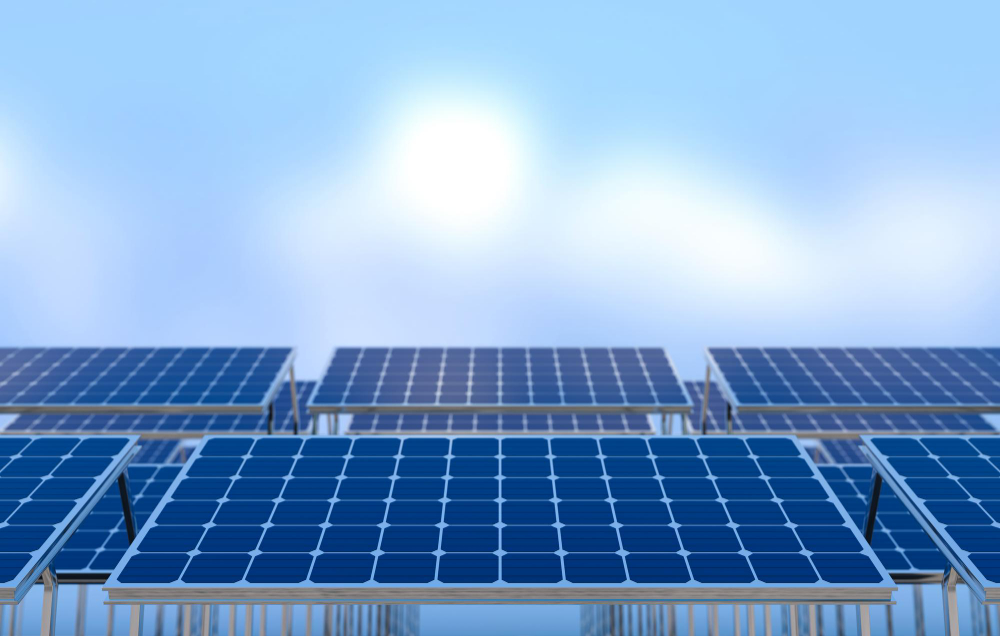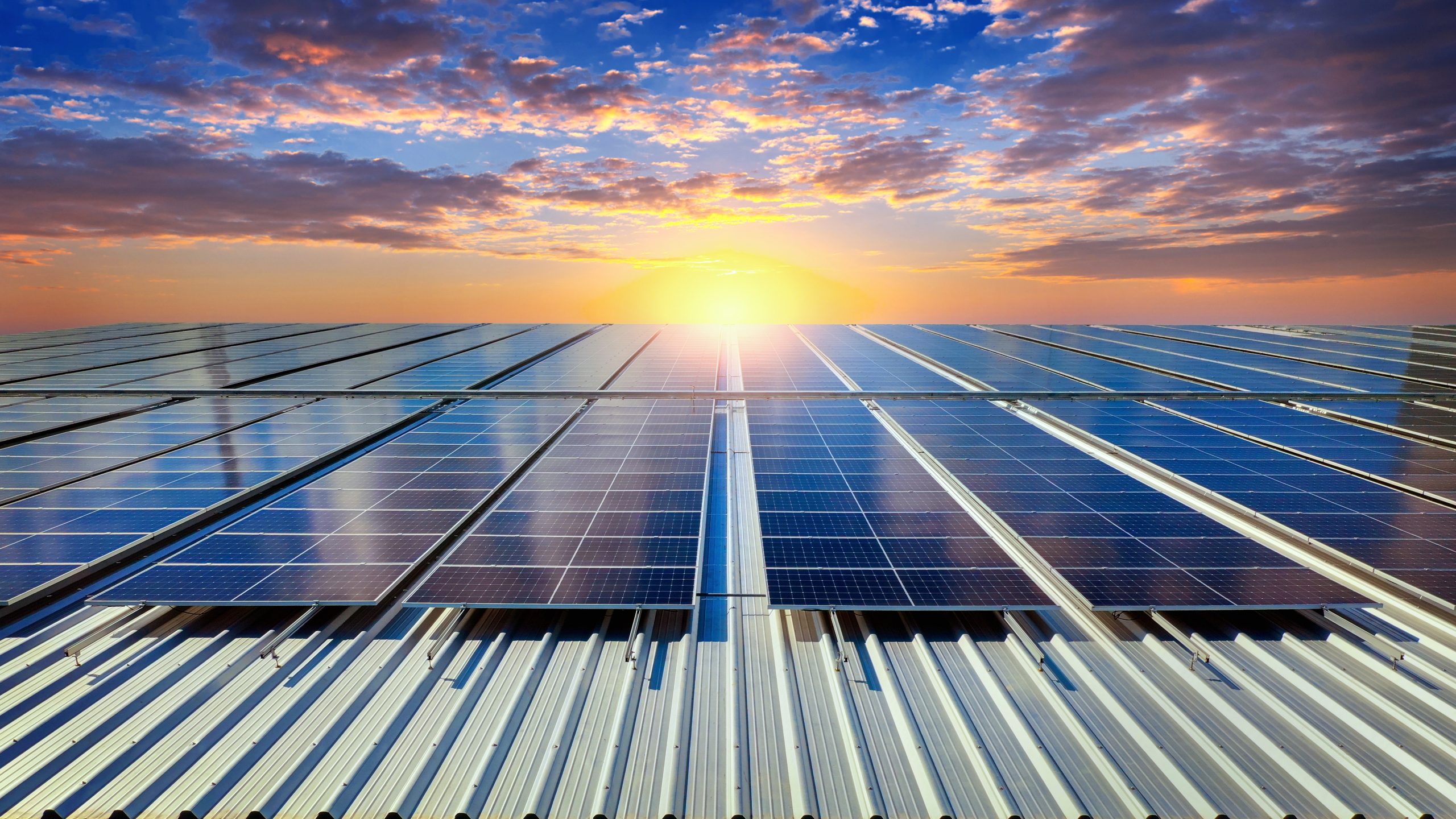Energy
Amid a rapidly evolving energy sector, we provide bespoke policy, strategy, engineering, and training solutions for sustainable, technology-led growth
Our expertise
Our expertise spans renewable energy, energy storage, grid modernization, and decarbonization efforts. We work with businesses, governments, and stakeholders to drive transformative change, enabling a sustainable energy future
How we can help
{ 01 }
Policy
We advocate for energy policies that promote sustainability, regulatory compliance, and market growth, helping shape the future of energy systems.
{ 02 }
Engineering
We offer comprehensive engineering services, including design, testing, and integration of energy solutions, ensuring performance optimization, safety, and regulatory compliance.

{ 03 }
Strategy
We develop customized strategies, providing market insights, growth opportunities, and actionable roadmaps to help energy businesses thrive and innovate.
{ 04 }
Training
We create and deliver tailored training programs to enhance the technical capabilities of teams within the energy sector, ensuring workforce readiness for future challenges.
Why Choose us?
Comprehensive Expertise
We provide end-to-end support for energy businesses, from policy advocacy and strategic planning to engineering solutions and workforce training
Tailored, Data-Driven Solutions
Our solutions are designed to address the unique challenges of each client, using data-driven insights to deliver tangible results
End-to-End Support
We guide energy businesses through every phase, ensuring sustainable development and operational success across the energy value chain

